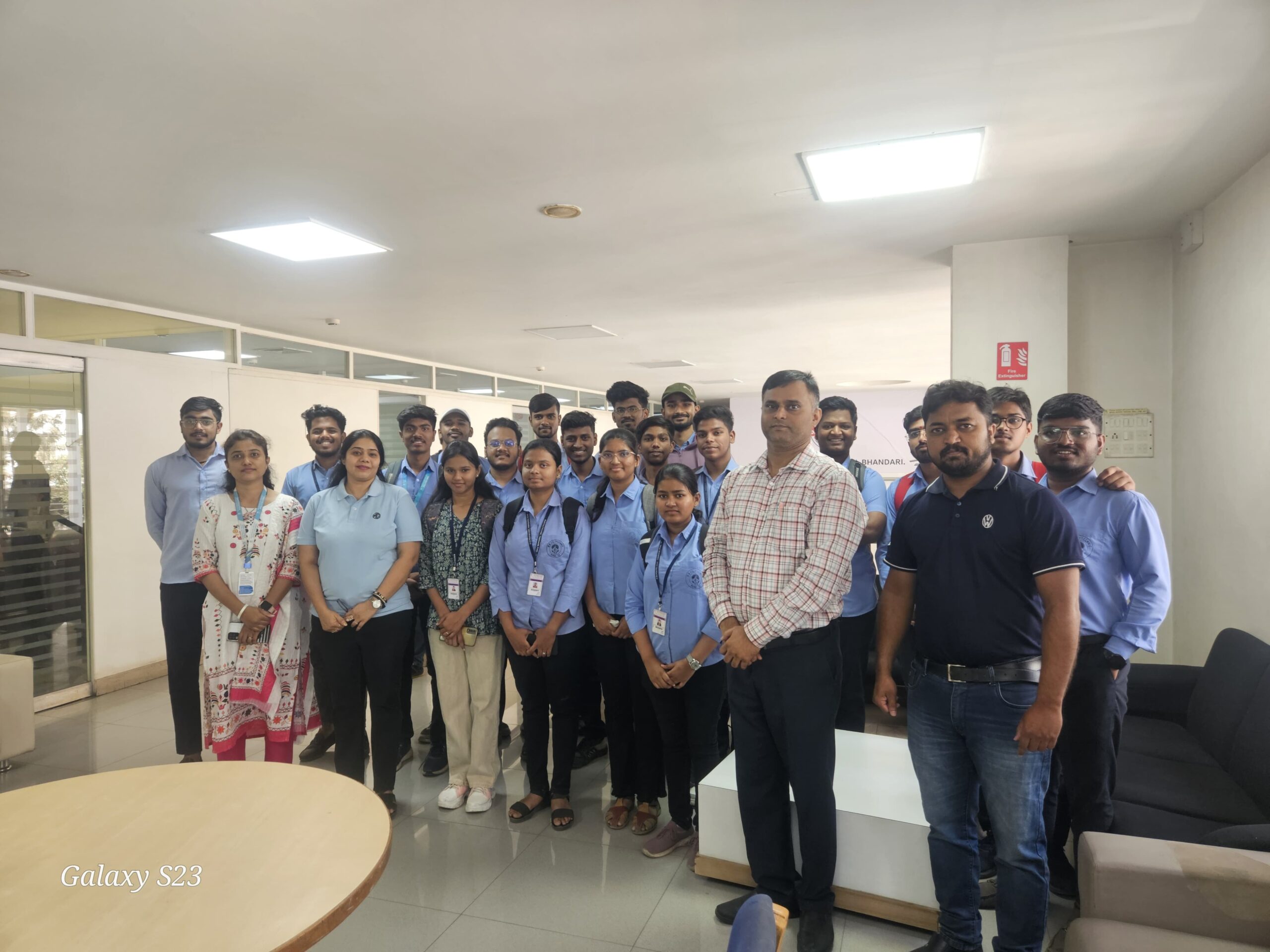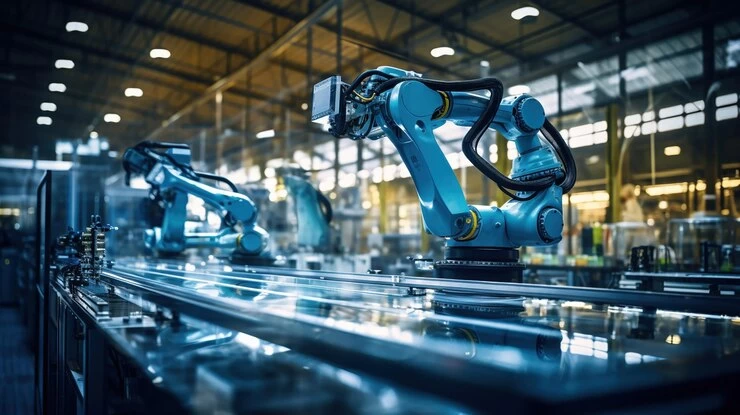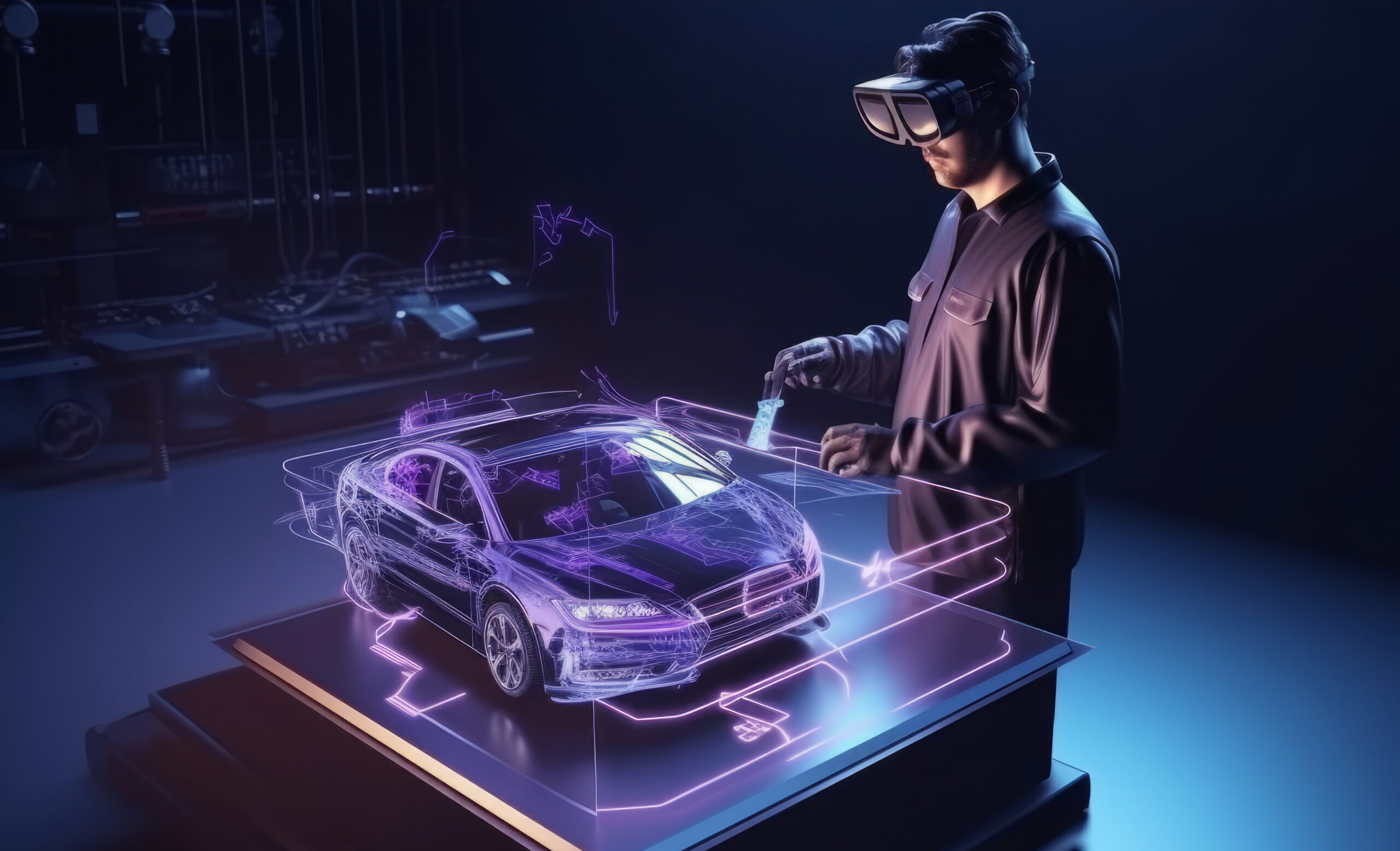
In the dynamic landscape of technological advancements, the introduction of Digital Engineering has triggered a profound transformation in the traditional product development lifecycle. From inception to production, digital engineering processes are proving to be a linchpin, reshaping the contours of innovation across diverse industries. This article delves into the profound impact of digital engineering, with a specific focus on the pivotal role played by digital twins and simulations in fundamentally redefining the product development lifecycle.
Understanding Digital Engineering
Digital engineering stands as a comprehensive approach, seamlessly integrating a myriad of digital technologies throughout the product development process. This holistic methodology harnesses the power of digital tools, simulations, and virtual representations to enhance every stage of product development. What sets it apart is its real-time, data-driven framework, empowering organizations to make judicious decisions and efficiently mitigate risks, transcending the limitations of conventional approaches.
The Ascendancy of Digital Twins
At the epicenter of digital engineering lies the concept of digital twins – virtual replicas meticulously mirroring physical products or systems. These digital counterparts provide a dynamic representation, capturing the nuanced behavior, performance, and conditions of their real-world counterparts. This invaluable capability allows engineers and designers to simulate, analyze, and optimize product performance in a virtual environment even before the inception of physical prototypes.
Consider the automotive industry’s adoption of digital twins, where simulations replicate vehicle performance under varied driving conditions. The result is an accelerated development process coupled with significant reductions in costs associated with physical prototyping and testing, epitomizing innovation that is both expedient and cost-effective.
Simulations: An Engine of Innovation

Simulations stand as the linchpin in digital engineering, empowering engineers to test and validate designs within a virtual environment. From structural analysis to fluid dynamics, simulations offer crucial insights into a product’s performance and behavior under diverse conditions.
In sectors like aerospace, simulations enable manufacturers to meticulously analyze aerodynamics, diminishing the reliance on extensive wind tunnel testing. Similarly, in healthcare, digital simulations contribute to the development of medical devices, ensuring their safety and efficacy in diverse scenarios. The upshot? A streamlined development process that not only expedites innovation but also champions sustainable and cost-effective practices.
Expediting Time-to-Market and Facilitating Collaboration
Digital engineering isn’t merely a technological shift; it serves as a catalyst for expediting time-to-market and fostering collaboration among cross-functional teams. The real-time collaboration facilitated by digital tools and virtual environments empowers geographically dispersed teams to seamlessly collaborate, spurring innovation while concurrently reducing time and resource constraints.
This collaborative ethos is materialized by breaking down silos and enabling interdisciplinary collaboration. In doing so, digital engineering fosters an environment where ideas can be shared, refined, and implemented at an unprecedented pace. This collaborative approach proves instrumental in addressing complex challenges, ensuring products are developed with an optimal balance of functionality, quality, and efficiency.
Overcoming Challenges and Embracing a Digital Future
Despite its myriad advantages, the adoption of digital engineering necessitates a strategic approach to navigate challenges such as data security, interoperability, and upskilling the workforce. Embracing a digital-first mindset entails investing in robust cybersecurity measures, ensuring seamless integration of digital tools, and providing ongoing training for employees.
As we chart the course forward, the future of product development is irrevocably entwined with digital engineering. The ability to create, simulate, and iterate within a virtual environment not only expedites the development process but also heralds an era of innovation at an unprecedented pace.
Conclusion
In conclusion, digital engineering, bolstered by the pillars of digital twins and simulations, stands poised to redefine the product development lifecycle. This transformative paradigm is not only revolutionizing how products are conceptualized and manufactured but is also redefining the competitive landscape across industries. As organizations increasingly recognize the strategic imperative of digital engineering, its seamless integration into mainstream practices will undoubtedly emerge as a linchpin for success in the unfolding digital era. Are you prepared to embrace the future of product development? It’s digital, it’s dynamic, and it’s here to stay!






